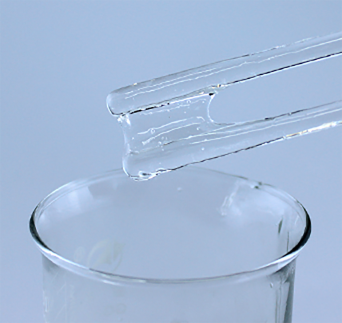
Nov . 01, 2024 00:02 Back to list
Exploring the Relationship Between HPMC and CMC in Pharmaceuticals and Food Applications
Exploring HPMC and CMC Versatile Polymers in Modern Applications
Hydroxypropyl Methylcellulose (HPMC) and Carboxymethyl Cellulose (CMC) are two widely used cellulose derivatives that play a crucial role in various industries, ranging from pharmaceuticals to food and cosmetics. Their unique properties and versatility make them essential components in many formulations, enhancing performance and effectiveness.
.
On the other hand, Carboxymethyl Cellulose (CMC) is another water-soluble cellulose derivative, characterized by its anionic nature due to the presence of carboxymethyl groups. CMC is primarily used as a thickener, emulsifier, and stabilizer in food products. Its capacity to retain water makes it a popular choice in ice creams, salad dressings, and sauces, where it helps maintain the desired texture and consistency. Additionally, CMC finds applications in the pharmaceutical industry as a laxative and in ointments, where its viscosity-enhancing properties contribute to improved drug delivery and stability.
hpmc cmc

Both HPMC and CMC are characterized by their high compatibility with other ingredients, which allows formulators to create complex mixtures without the risk of phase separation or instability. This makes them ideal for use in a range of products, from cosmetics like lotions and creams to industrial applications such as coatings and adhesives.
In recent years, the demand for natural and eco-friendly ingredients has increased significantly, leading to a growing interest in HPMC and CMC as sustainable alternatives. Both materials are derived from renewable cellulose sources, making them more environmentally friendly compared to synthetic polymers. Furthermore, their biodegradability enhances their appeal in a world that is increasingly focused on sustainability.
Innovations in processing methods and formulations have expanded the application possibilities for HPMC and CMC. Researchers are continuously exploring new combinations and modifications to improve their functional properties. The development of smart materials that respond to environmental stimuli—such as changes in temperature or pH—has opened up exciting potential applications in drug delivery systems and responsive hydrogels.
In conclusion, Hydroxypropyl Methylcellulose and Carboxymethyl Cellulose are indispensable materials that contribute significantly to the performance of various products across multiple industries. Their unique properties, coupled with their sustainable nature, ensure that they remain at the forefront of innovation and application in the modern world. As research continues to evolve, the versatility of HPMC and CMC is likely to expand even further, paving the way for new and improved formulations that cater to the ever-changing demands of consumers and industries alike.
-
Versatile Hpmc Uses in Different Industries
NewsJun.19,2025
-
Redispersible Powder's Role in Enhancing Durability of Construction Products
NewsJun.19,2025
-
Hydroxyethyl Cellulose Applications Driving Green Industrial Processes
NewsJun.19,2025
-
Exploring Different Redispersible Polymer Powder
NewsJun.19,2025
-
Choosing the Right Mortar Bonding Agent
NewsJun.19,2025
-
Applications and Significance of China Hpmc in Modern Industries
NewsJun.19,2025







